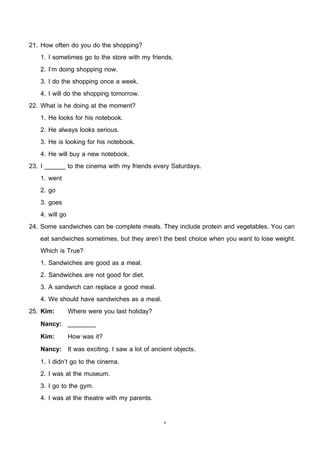


Cornelia Beardsley, Stratford, CT, 1818ĭoes anyone have an example of a pre-1750 version of this poem in America? I'm not asking that snarkily - I am really interested in finding the earliest possible examples and will keep looking.The Federal Writer's project found the verse used in Indiana between 18.Ī sample of gravestones with the "remember me" verse: Preliminary research indicates that it became popular in the 1780-1830 period and was used throughout the 19th and into the 20th century. I've been puttering around on the internet for days now, and, from what I can tell, that macabre little rhyme was not known in American mortuary culture before 1750. dei.(transcription third-hand via Texas Graveyards)

Such as I am, such shalt thou be.Edward's epitaph, though it contains some of the sentiments found in the later poem, does not exhort the visitor to, "prepare for death and follow me." Variations on the "remember me" verse seem to have been known in 17th-century Scotland: I found one example of a version from Perthshire, Scotland in 1666: Edward's epitaph was originally written in Norman French, but was at some point translated into English: How old is the "remember me" verse really? And when/how did it come to America?Īn 1850 edition of the New England Historical and Genealogical Register cites the Canterbury tomb of Edward the Black Prince (1330-1376) as the source of the verse. The Benjamin Scudder stone in Westfield, New Jersey, sometimes cited as an early example (1708), is actually from 1798 (see editor's note here and Benjamin Scudder's death record here). A variant lacking the "prepare for death" line can be found on the Elisha Doane gravestone (1759) in Wellfleet, MA ( transcription here). The oldest American example I can find dates from 1772, but the transcription makes it hard to tell whether the verse appears on a joint stone erected in 1780 or two side-by-side stones erected in 17. Yet, I have not been able to find this verse on a 17th- or early-18th-century gravestone anywhere in North America. Douglas Keister, author of Stories in Stone: A Field Guide to Cemetery Symbolism and Iconography, tells us that this verse, "and its variants are the most common ones found on Colonial New England gravestones" (132). It just seems like a Puritan-with-a-capital-P sort of sentiment. Prepare for death and follow me.In my mind, I have always associated that verse with the oldest of New England gravestones - the ones covered with imps and hourglasses and scythe-wielding skeletons.


 0 kommentar(er)
0 kommentar(er)
